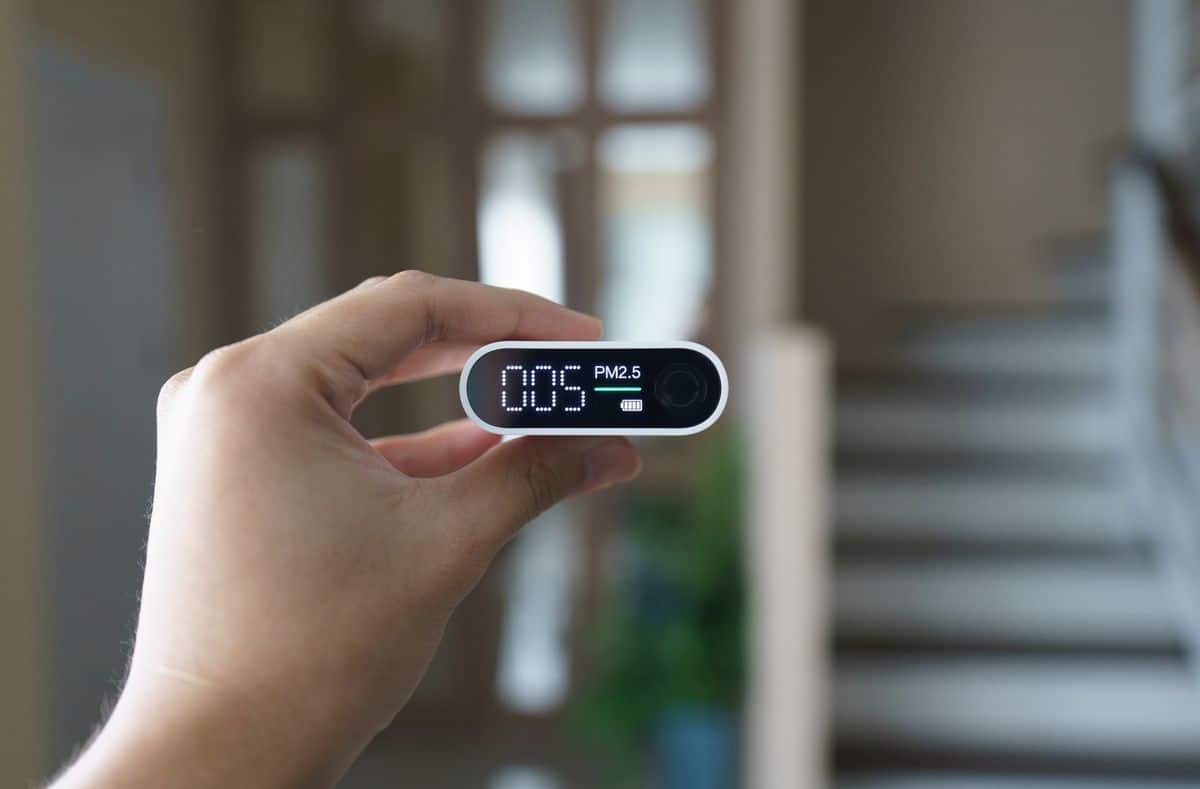
Indoor air quality has become a matter of growing concern for homeowners in Saratoga Springs and the Capital Region, NY, particularly due to increased awareness of potential health risks posed by airborne pollutants. Exposure to poor indoor air quality can adversely affect the health and well-being of your family, exacerbating respiratory issues, allergies, and contributing to an overall decrease in the quality of life. In this detailed guide, we will explore the common sources of indoor air pollutants in your home, understand their potential health implications, and discuss various techniques for mitigating their impact on your living environment and well-being.
To provide you with a comprehensive understanding of indoor air pollutants, we will delve into specific sources, such as tobacco smoke, household cleaning products, building materials, and biological contaminants like mold, mildew, and pet dander. In addition to identifying these primary sources of pollutants, we will highlight precautionary measures and best practices for minimizing their presence in your home.
Furthermore, we will explore the role that your HVAC and air purification systems play in combating indoor air pollutants, and discuss how regular maintenance and upgrades can enhance the effectiveness of these systems in maintaining a healthy and comfortable living environment. By understanding the various factors contributing to poor indoor air quality and adopting the practices outlined in this guide, you can create a safer, healthier home for you and your family.
Equip yourself with the knowledge and skills to effectively combat indoor air pollutants in your Saratoga Springs home, ultimately creating a sanctuary of clean and pure air for your loved-ones to thrive in.
Common Sources Of Indoor Air Pollutants
Identifying the sources of indoor air pollutants is crucial to their effective mitigation. Here, we discuss some of the most common sources of these airborne contaminants:
- Tobacco Smoke: Secondhand smoke from cigarettes and other tobacco products can jeopardize the health of nonsmokers, causing respiratory issues and increasing the risk of heart disease and lung cancer.
- Household Cleaning Products: Many conventional cleaning products contain volatile organic compounds (VOCs) that can contribute to indoor air pollution and cause irritation to the eyes, throat, and respiratory system.
- Building Materials: Older homes in Saratoga Springs may have been constructed with materials containing asbestos or formaldehyde, which can break down and release harmful particles into the air.
- Biological Contaminants: Mold, mildew, dust mites, and pet dander are all common biological contaminants that can aggravate allergies and respiratory problems.
Precautionary Measures And Best Practices
To minimize the presence of indoor air pollutants in your home, adopt the following best practices:
- Establish a Smoke-Free Environment: Prohibit smoking inside your home and encourage smokers to do so outside, away from windows and doors.
- Choose Eco-Friendly Cleaning Products: Opt for cleaning products that contain fewer VOCs and avoid aerosol sprays to reduce the emission of harmful chemicals during the cleaning process.
- Maintain Proper Ventilation: Ensure your home is adequately ventilated by regularly opening windows, using exhaust fans in kitchens and bathrooms, and maintaining a well-functioning HVAC system.
- Address Moisture-Related Issues: Fix water leaks, control humidity levels, and eliminate sources of dampness to prevent mold growth and the proliferation of other biological contaminants.
The Role Of HVAC And Air Purification Systems
Your HVAC and air purification systems play a significant role in combating indoor air pollutants and maintaining a healthy living environment. Consider these strategies to optimize their performance:
- Regular Maintenance: Schedule regular maintenance of your HVAC system, including checking filters, cleaning air ducts, and ensuring proper functioning of all components to improve air circulation and filtration.
- Upgrade Filters: Consider upgrading to high-efficiency particulate air (HEPA) filters, which can capture smaller particles, including mold spores, pet dander, and dust mite allergens.
- Air Purifiers: Invest in a standalone air purifier with HEPA filters to enhance the air quality in specific rooms or areas of your home where airborne pollutants may be more concentrated.
- UV Light Systems: UV germicidal lamps installed within your HVAC system can eradicate many biological contaminants, such as mold and bacteria, contributing to a healthier home environment.
Solutions For Enhanced Indoor Air Quality
By implementing these practical solutions for mitigating indoor air pollutants, you can take proactive steps towards a healthier living environment:
- Opt for Low-Emission Materials: When renovating or remodeling, choose materials with low VOC emissions, such as water-based adhesives and sealants, and avoid the use of products containing formaldehyde.
- Regular Cleaning: Establish a routine house cleaning regimen to eliminate dust, pet dander, and other allergens before they accumulate and become airborne.
- Enhance Natural Ventilation: Open windows and doors frequently, particularly when using products that emit VOCs or during activities that produce moisture, to promote fresh air circulation.
- Incorporate Indoor Plants: Consider incorporating indoor plants in your home, as they can help remove certain toxins and improve overall indoor air quality.
Monitoring Indoor Air Quality
It is essential to monitor your home’s indoor air quality regularly, as it can be affected by several factors, such as outdoor pollution, seasonal changes, and indoor human activities. Here are some tools and techniques you can use:
- Carbon Monoxide (CO) and radon detectors: Install detectors for these odorless, invisible gases to help prevent exposure to dangerous levels.
- Air Quality Testing: Consider professional indoor air quality testing to identify the presence of specific contaminants and receive personalized recommendations for remediation.
- Thermal Cameras: Infrared thermal cameras can be helpful in detecting hidden mold growth, moisture issues, and other problems that may contribute to poor indoor air quality.
Conclusion
Achieving and maintaining optimal indoor air quality is a vital aspect of ensuring a comfortable, healthy, and safe living environment in your Saratoga Springs home. By understanding the common sources of pollutants, implementing best practices, optimizing your HVAC and air purification systems, and utilizing practical solutions, you can effectively reduce or eliminate airborne contaminants. Keep track of your indoor air quality by monitoring your living environment and seeking professional assistance when necessary. By taking proactive, informed steps to combat indoor air pollutants, you can create a sanctuary of clean, fresh air for your entire family to enjoy.
Concerned about indoor air pollutants in your Saratoga Springs home and looking for reliable air purification services? Look no further than My Jockey! Our team of experts is dedicated to understanding and combating indoor air pollutants in Saratoga Springs homes with our advanced air purification services. Contact us today to learn more about our services and discover how we can help you achieve clean and healthy indoor air.

No comment yet, add your voice below!